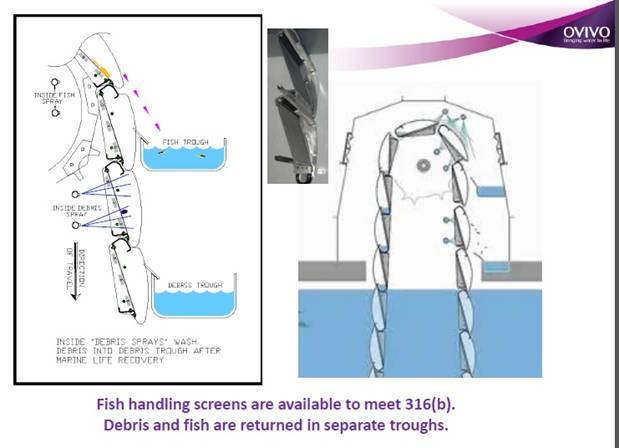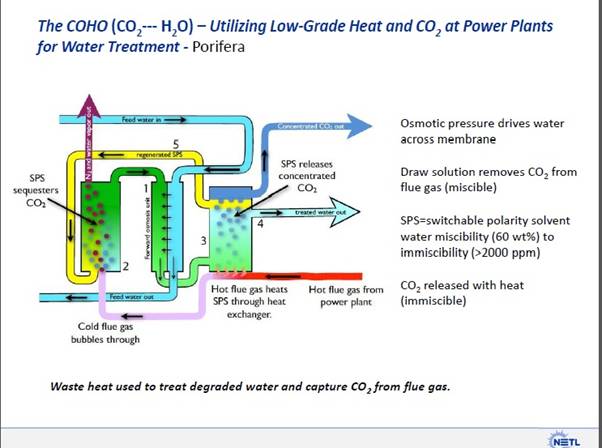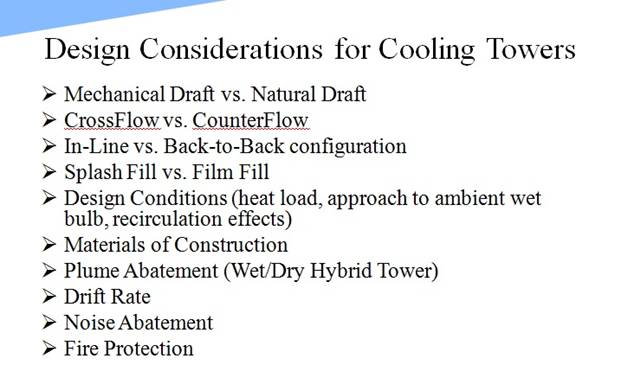
NOx innovations were discussed in Hot Topic Hour Yesterday
There were a number of new approaches and successes discussed which made the 90
minute session yesterday exceptionally valuable. Work by
EPRI and
Reaction Engineering in the
U.S, STEAG in Europe and
LP Amina in China underlined
the international nature of research and progress in NOx control.
All three presenters talked about ways to combine NOx control
technologies in the furnace and the back end of the system in order to maximize
cost effectiveness of NOx control.
Marc Cremer
of Reaction Engineering showed data to support the claim that advances in
furnace controls can be more economically attractive than SCR for some power
plants. The advanced layered approach (ALTA) can provide efficiencies up
to 90 percent NOx removal.

ALTA is installed on 16 cyclone boilers in the U.S. and CFD modeling shows its
promise for PC boilers. In a reply to questions, Marc stated that there may also
be justification for considering the technology even where SCR is already in
place.
George Grgich
of LP Amina discussed cost
effective NOx reduction solutions for small and medium sized
boilers. The company has retrofitted over 10,000 MW of pollution controls mostly
on smaller boilers in China. The company has experience in both coal-fired
boilers and gas turbines and is going to pursue the gas turbine market in the
U.S.

Mark
Ehrnschwender
of STEAG covered a number of
innovations developed by this unique organization which operates power plants,
provides engineering, and also provides services such as catalyst
renovation. One innovation is the use of dry ice blasting which can be more
effective than vacuuming and air lancing for dry cleaning of catalyst in the
reactor. Because of the need to increase NOx reduction at existing
plants STEAG has co-coupled SNCR and SCR.

Finally, McIlvaine reviewed the Power
Plant Air Quality Decisions website and displayed many other NOx
subjects which are being analyzed. One is the hot gas filter with embedded
catalyst. Catalyst improvements include higher mercury oxidation and lower SO3
generation for a given NOx reduction. There are a number of
improvements in burners and monitoring of flames and temperature within the
furnace.
Individual presentations follow:
Coal-fired Power Plant NOx Reduction
Innovations Webinar - Hot Topic HourNovember 6, 2014
Work by EPRI and Reaction Engineering in the U.S., STEAG in Europe and LP Amina
in China underlined the international nature of research and progress in NOx
control. All three presenters talked about ways to combine NOx
control technologies in the furnace and the back end of the system in order to
maximize cost effectiveness of NOx control.
Revision Date:
11/6/2014
Tags:
221112 - Fossil Fuel
化石燃料,
Reaction Engineering International, LP Amina, STEAG Energy Services, SCR, SNCR,
Catalyst Maintenance, Burner, China, Germany
Mark covered a number of innovations developed by this unique organization which
operates power plants, provides engineering, and also provides services such as
catalyst renovation.
Revision Date:
11/6/2014
Tags:
221112 - Fossil Fuel
化石燃料,
STEAG Energy Services, SCR, SNCR, Catalyst Maintenance, Germany
Hybrid DeNOx by George Grgich, LP Amina
- Hot Topic Hour November 6, 2014
George discussed cost effective NOx reduction solutions for small and
medium sized boilers.
Revision Date:
11/6/2014
Tags:
221112 - Fossil Fuel
化石燃料,
LP Amina, SCR, SNCR, Burner, China
Marc showed data to support the claim that advances in furnace controls can be
more economically attractive than SCR for some power plants.
Revision Date:
11/6/2014
Tags:
221112 - Fossil Fuel
化石燃料,
Reaction Engineering International, SCR, SNCR